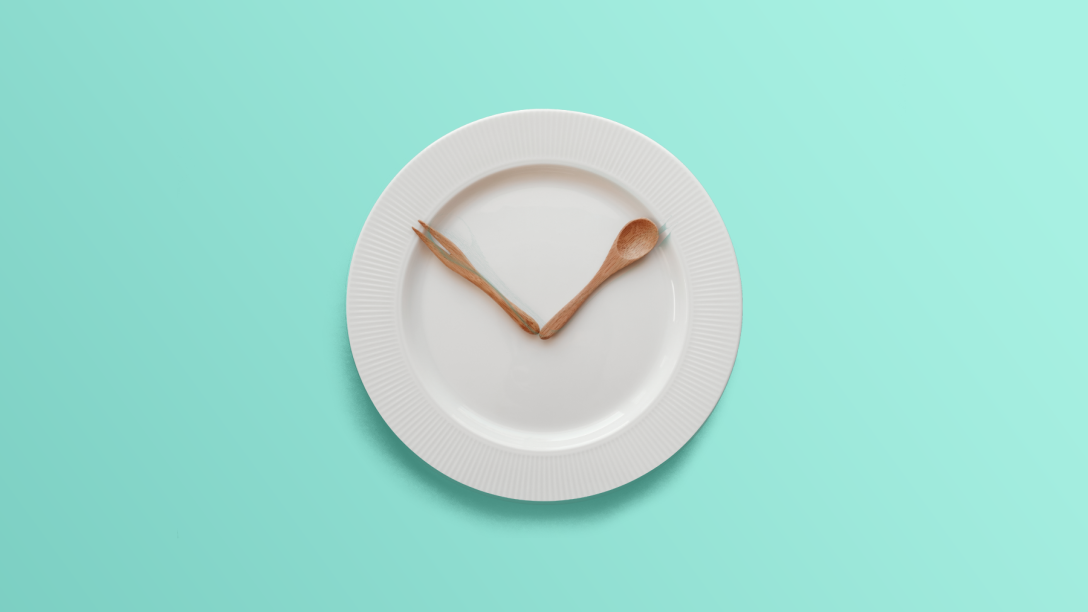Starting a keto diet will look easy to everyone, but success on a keto diet isn’t just about what you eat; it’s also about when and how often you eat. Intermittent fasting has become one of the trending topics in many diet plans, including keto. Intermittent fasting can be a powerful tool to break through a weight-loss plateau or ramp up our fat burning.
Intermittent fasting may help your body reach ketosis quicker than the keto diet alone. Here are a few ways in which intermittent fasting helps you in following a perfect keto plan,
– Intermittent fasting can b a powerful tool to break through a weight-loss plateau or ramp up our fat burning.
– While fasting, your body maintains its energy balance by shifting its fuel source from carbs to fats – the exact premise of the keto diet.
– During fasting, insulin levels and glycogen stores decrease, leading your body to naturally start burning fat for fuel.
– Intermittent fasting boosts metabolism by promoting thermogenesis, or heat production; your body may start utilizing stubborn fat stores.
– Intermittent fasting may preserve muscle mass during weight loss and improve energy levels which may be helpful for keto dieters looking to improve athletic performance and drop body fat.
If you struggle to reach ketosis while on a keto diet, adding intermittent fasting may jumpstart your process. Though some people may find merging both practices helpful, it is important to note that it may not work for everyone.









